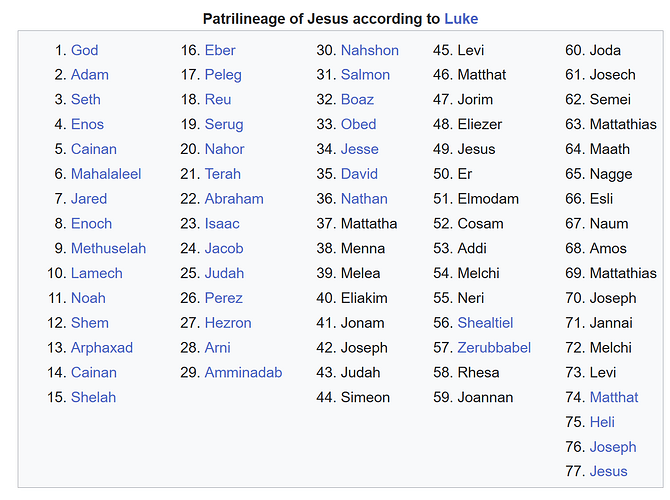are we arguing here for the validity of the Christian account or denying it? It seems to me that you guys are using the evidence that Matthew 27 is a fairytale to support the notion we can take the difficult parts of the bible account here as a literary technique.
Thats supporting the notion of a fairytale.
Again, we do not need the Christian bible for morality…we can get that from other sources outside of religion.
AI Overview
Morality, our understanding of right and wrong, is a product of both biological and cultural evolution, with our brains wired for moral reasoning and social interactions, and cultural norms further shaping our moral codes.
Here’s a more detailed explanation:
Evolutionary Basis:
- Psychological and neuroscience research suggest that morality is a product of evolution, with “building blocks” like fairness, empathy, and judging actions as harmful or helpful observed even in infancy.
- Morality evolved because it enhances our ability to live in large social groups and interact with others.
- Specific parts of the brain are involved in moral reasoning, and damage to certain areas can alter moral judgment.
- Evolutionary biologists and sociobiologists believe that morality evolved because it provided possible survival or reproductive benefits, leading to the development of “pro-social” emotions like empathy and guilt.
Cultural Influence:
- While morality has a biological basis, it is also shaped by the culture in which we grow up.
- What humans consider moral behavior varies across cultures and time.
- Moral codes are outcomes of cultural evolution, accounting for the diversity of norms among populations and their evolution through time.
Social Interaction and Cooperation:
- Early human individuals who were socially selected for collaborative foraging developed new ways of relating to others, including strong cooperative motives and empathy.
- If an individual depended on partners for foraging success, it made sense to help them to ensure future success.

